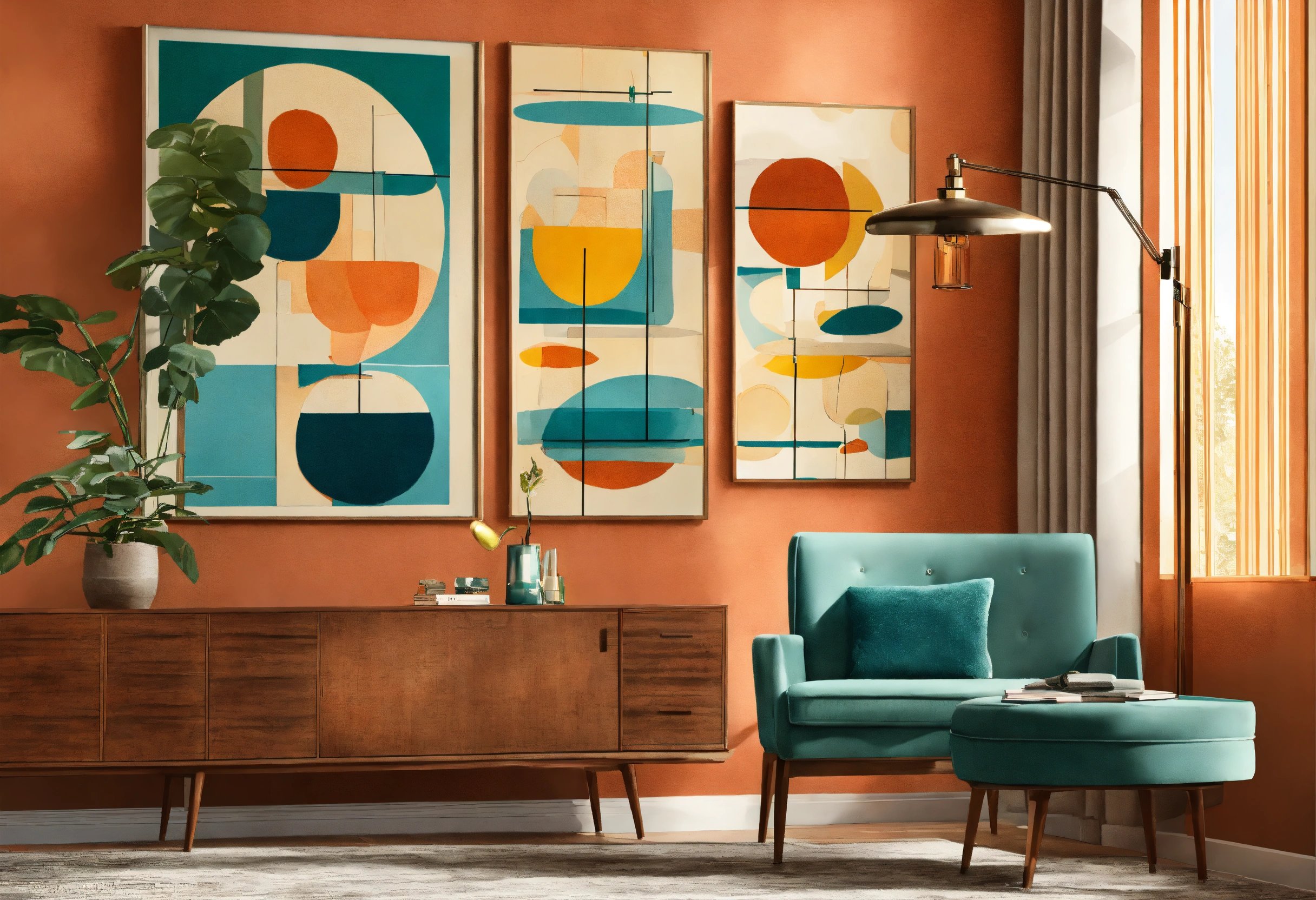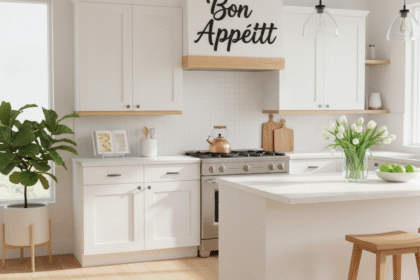Choosing the right wall art piece could enhance living room aesthetics. Choosing the right size and type of wall art is always related to the dimensions of your living room. Placing extra large wall art in the living room can become a bit unpleasant when your living room is not that big, so the wall art will dominate the room without leaving space for any other element. In this article, we will be discussing the perfect placement of your wall art based on your living room dimensions and environment.
Understanding Your Living Room Dimensions
Before choosing your wall art, you need to know your living room dimensions well by calculating them. First, you need to start with the wall where the art will be placed, measure the width and height, and make sure that the measurements are precise. Aim for the art to fill about two-thirds or three-quarters of the free wall space for a neat display. This way, the art looks just right, not too small or too overpowering.
Remember to factor in your ceiling height as well. Taller ceilings can show off big, vertical artwork. If you have Short ceilings, Try horizontal or grouped pieces. It’ll help the room look right. Don’t forget to think about the whole room’s layout. Spot those natural focal points like over the sofa, the fireplace, or a special wall. That’s where you’ll want your attention grabbing art.
Wall art in the right place can really boost the room’s feel, add some flow, and not damage your decor elegance. Knowing these tips will ensure any wall art you select will fit and lift your living room’s look.
The Impact of Wall Art Size

While decorating your living room, the wall art size will always be matters. Big pieces make bold statements. Small pieces provide lovely little touches. The right size keeps a room in balance. It won’t look messy or too empty. Imagine a big very painting on a little wall, and it will look unattractive. With the right balance between artwork and the room dimensions, everything will be compatible and good looking.
Size matters make a room look connected, too. Big walls or open places need more art. Several pieces might be needed to fill the space. Smaller rooms need art sized right for them. Maybe a medium-sized piece looks nice above the sofa in a small room. But in bigger rooms, you might need a large piece or many smaller ones to look like a gallery. Knowing how sizes affect balance and harmony makes sure the art helps the room look its best, not worse.
Types of Wall Art to Consider
- Paintings and prints: Art on your walls can be anything from classic paintings to creative prints. These two options span a wide style spectrum; you have abstract and modern to more traditional and nature-inspired pieces. A painting’s uniqueness and crafted feel bring texture and depth to a space. In contrast, prints are a cost-effective way to adorn your walls with high-class reproductions of celebrated works or made-to-order designs. Both can stand out on their own or harmonize with other room decor to create an attractive ensemble.
- Photographs and framed art: Photographs and artwork in frames give any room a personalized, tidy feel. Photos, whether they show family, memories of trips, or art photos, offer a sentimental note. They make your space feel more connected to you. Artwork in frames enhances the look. It gives a tidy finish, a sense of formality, and purpose. You can use these elements in numerous ways. They look great on gallery walls or as single focal points. Mixing and matching photos with framed art creates a vibrant, personal display. It showcases your taste and your life’s journeys.
- Tapestries and mixed media: Imagine tapestries and mixed media for a unique style in wall decor. They add a cool 3D look. Tapestries could be fabric or woven, adding a soft, warm feel. Perfect for a comfy look. Mixed media throws in different materials like wood, paint, metal, and fabric, giving an artsy vibe.
Creating a Gallery Wall
Building a gallery wall is a way to show off your unique taste. To create one, start by picking several pieces that relate to you. Think about a common theme or colors to connect them. You could use various types like photos, paintings, or mixed media for a fresh look but still keep it together. It helps to place your art on the floor to try out setups before it goes on the wall.
With arranging, start with one main piece and spread out from there. A grid or uneven layout could work if you keep same space between each piece. Mixing up sizes and types make your wall pop. Yet, bigger pieces help steady the setup and smaller ones fill space without making it too busy.
Color and Theme Coordination
Choosing the right wall art is about finding pieces that match your decor. To make decorating easy, just match the colors, designs, and looks of your room. If your space is full of warm, natural colors, find art that matches. Color is super important in wall art. The right color combo can make your room flow better and make everything feel like it belongs together. The color wheel is a good tool for this adjacent colors can be calming, while opposite colors can make things unattractive. The right color and style combo can turn your wall art into a real part of your home.
Conclusion
Picking the right wall art to match your living room’s size can really spice things up. If you know the measurements of your room and choose art that fits them, you can make the room look fantastic. It doesn’t matter if you like big, bold art or small, soft touches. Just remember, balance is key. The correct artwork can boost your decorations. Make sure to match with the current colors and themes you have; an orderly gallery wall or well-placed single pieces can change your living room.
FAQ
How can I protect my wall art from sunlight and damage?
Look after your wall art by keeping it out of direct sun or employing sheer curtains to soften the light. Regular dusting will keep it fresh, and occasionally switching spots might save it from too much exposure. This no-cost method can help keep your pieces in good shape.




